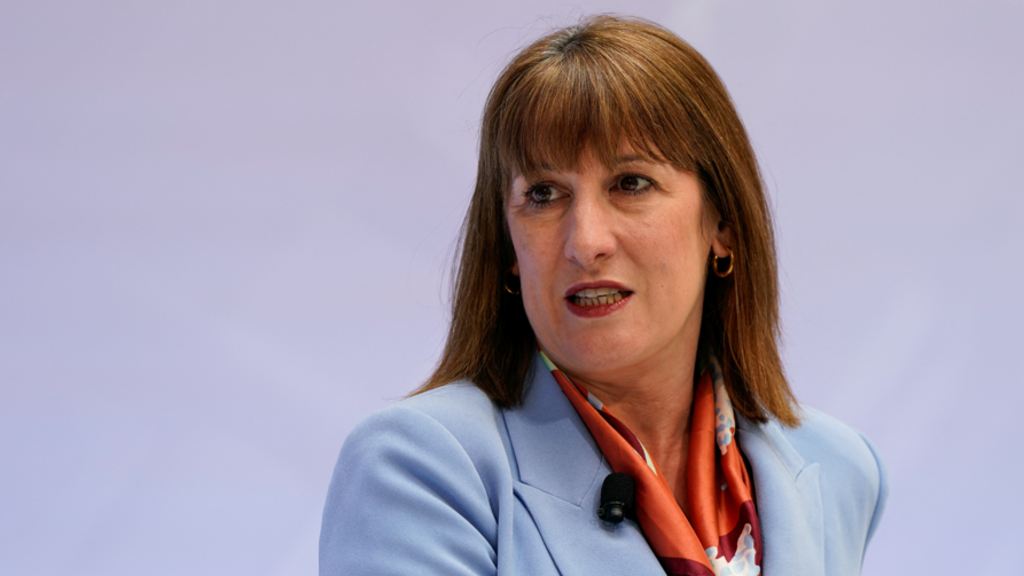Chancellor Rachel Reeves faces significant decisions in the upcoming Spending Review, determining government department budgets for the next few years. This review will allocate taxpayer funds to vital services like the NHS and other public services, as well as infrastructure projects, including new transport initiatives.
Reeves will present the Spending Review on Wednesday, June 11th. Following October’s budget allocation for 2025-26, this review will confirm spending plans for the subsequent three to four years.
The “spending envelope,” representing the overall increase in government expenditure, has already been established by Reeves. Wednesday’s announcement will detail departmental breakdowns.
The review encompasses two spending categories: day-to-day operational costs (three years) and capital investment (four years).
Government borrowing, the difference between spending and tax revenue, reached £20.2bn in April, exceeding some economists’ forecasts and surpassing the April 2024 figure by £1bn. This increase reflects rising pension and benefit payments, salary increases, and higher borrowing costs, despite increased tax revenue (partly due to employer National Insurance Contributions).
Reeves’ fiscal maneuvering room is minimal. The government’s fiscal rules mandate:
The projected £9.9bn surplus – the third-smallest on record – serves as a buffer against economic shocks. However, this small margin is vulnerable, having been largely erased between the Autumn Budget and March’s Spring Statement due to increased debt interest and slower economic growth.
Consequently, Reeves announced £14bn in savings in March, including £4.8bn in welfare cuts. While recent data suggests 0.7% UK economic growth between January and March (better than anticipated), continued growth remains uncertain, especially considering potential impacts of global economic factors.
The government has announced overall spending increases for both operational and investment budgets. The Institute for Fiscal Studies (IFS) suggests this “relatively modest” rise may necessitate “sharp trade-offs.”
For instance, the overseas aid budget will be reduced to fund a significant defence spending increase, rising from 2.3% to 2.5% of GDP by 2027 (approximately an extra £5bn annually), with further planned increases to 3% by 2034. Details regarding the Department of Health and Social Care (DHSC) budget, a significant portion of overall departmental expenditure, remain undisclosed.
However, the government will expand free school meals to approximately 500,000 children whose parents receive Universal Credit, funded by £1bn. Winter Fuel Payment restrictions will be revised, though full details will be released later.
The two-child benefit cap’s fate remains unclear, with potential scrapping acknowledged as costly. The government aims to increase investment, with Reeves adjusting debt measurement to free up over £100bn for infrastructure, research and development, and other projects. A £15.6bn package for transport improvements outside London and the south-east has been announced.
Potential announcements include a new Suffolk nuclear power station (Sizewell C) and detailed plans for small modular reactors (SMRs).
Market challenges and tariff uncertainty impact business decisions.
Lack of allocated funding draws criticism from politicians and business leaders.
UK inflation has decreased but remains above the Bank of England’s target.
Bank of England interest rates influence mortgage, loan, and savings rates.
Incorrect data led to an overestimation of April’s inflation figure.

